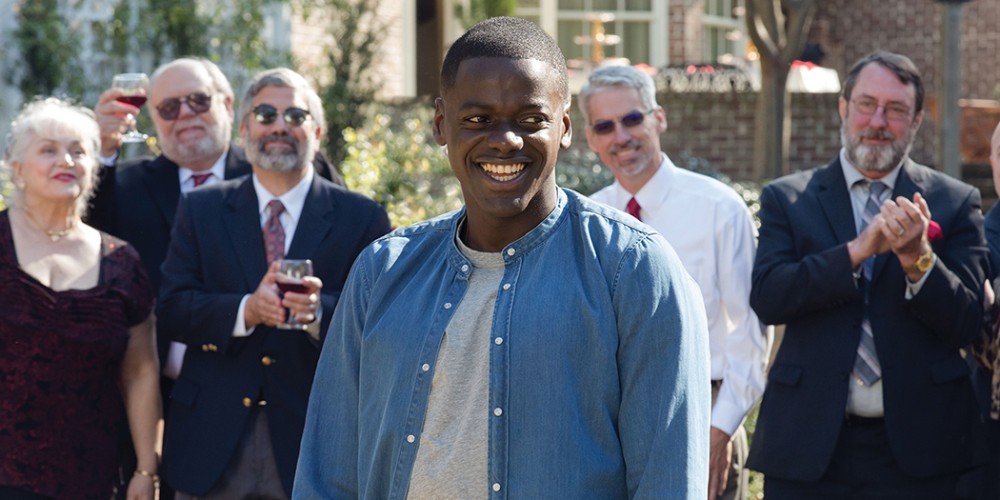White moral infantilism and some help avoiding it
Several recent films and shows portray people of color with a complexity that James Baldwin once assumed was impossible for pop culture.

James Baldwin, the American essayist and novelist, who died in 1987, believed that American popular media blinded white Americans to the violent, oppressive racial reality that lived beside them. The America of pop culture was “so fat and so sleek, and so safe, and so happy” but also, in Baldwin’s scathing diagnosis, “so irresponsible, and so dead.” He argued that for most white Americans, black life remained opaque. People of color, if seen at all, were reduced to a racial “problem,” not as full human subjects. His own fiction was meant to challenge this opacity.
But many current films and television shows are offering complex characters of color and analyzing race in ways that Baldwin assumed was impossible for pop culture. The revolution may not be televised, and it certainly won’t happen because we are all watching TV, but for those wishing to avoid white moral infantilism, here are some excellent places to start:
1) I Am Not Your Negro: Raoul Peck’s documentary about Baldwin is compiled entirely from Baldwin’s published and unpublished writing, especially the notes for his unfinished book on the lives and deaths of Medgar Evers, Martin Luther King Jr., and Malcolm X. Spoken over images of Ferguson in 2014, white supremacist rallies in the 1950s, clips from sugar-coated white pop culture, and images of the deaths of black Americans past and present, Baldwin’s words are as prophetic now as they were when he wrote them.





